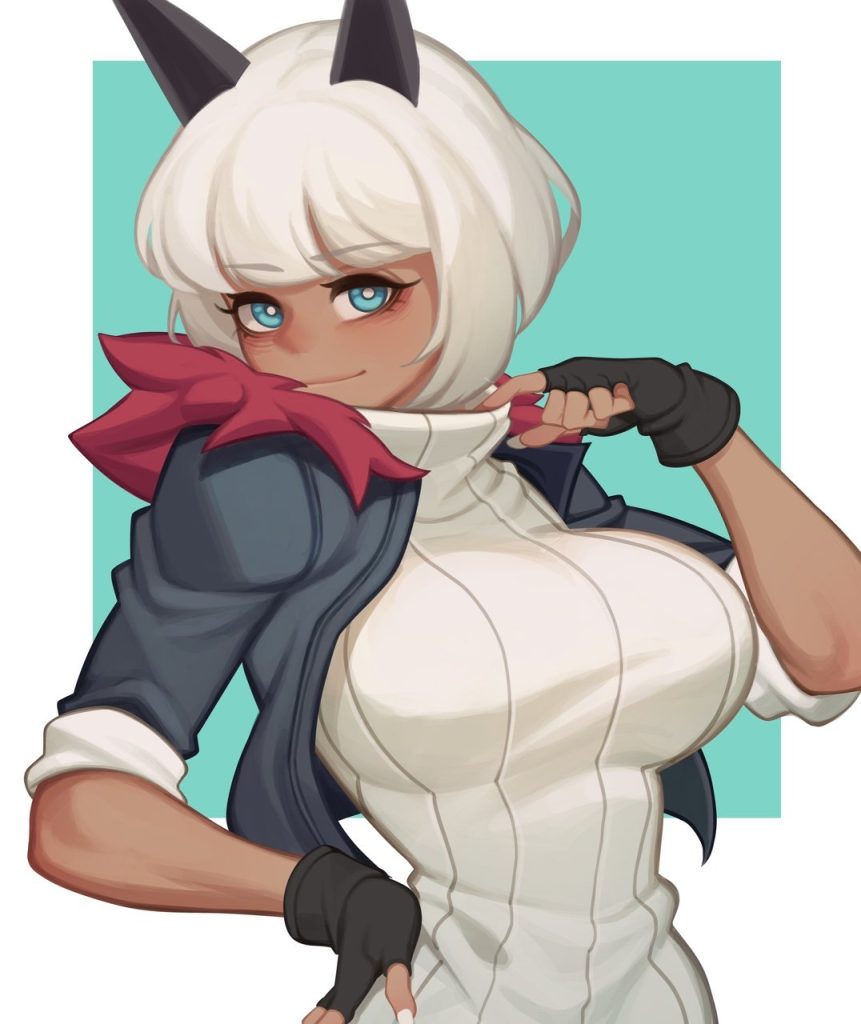In the ever-evolving landscape of digital media, the emergence of webtoon comics has sparked a revolution in storytelling and artistic expression. Unlike traditional print comics, webtoons are specifically designed for online consumption, utilizing the vertical scroll format to seamlessly deliver narratives that captivate audiences across the globe. This innovative platform has democratized the creation and distribution of comics, allowing aspiring artists to showcase their talent and connect with diverse audiences without the constraints of traditional publishing channels. One of the defining features of webtoon comics is their accessibility. With the proliferation of smartphones and high-speed internet, readers can easily access a vast library of webtoons anytime, anywhere, fostering a culture of binge-reading and communal engagement. This accessibility has not only broadened the reach of comics but has also attracted a new generation of readers who may not have been drawn to traditional print formats. From captivating dramas to whimsical fantasies, webtoons offer something for everyone, transcending cultural and linguistic barriers to unite a global community of enthusiasts.

Central to the success of webtoon comics is their dynamic storytelling. By leveraging the infinite canvas of the digital realm, creators can experiment with unconventional panel layouts, immersive sound effects, and animated elements to enhance the reading experience. This flexibility empowers artists to push the boundaries of traditional comic conventions, blurring the line between static images and interactive multimedia. As a result, webtoons have become a breeding ground for innovation, inspiring creators to explore new narrative techniques and visual styles that resonate with modern audiences. Moreover, the interactive nature of webtoon platforms fosters direct engagement between creators and their fans. Through comments, likes, and shares, readers can actively participate in the creative process, providing feedback, fan theories, and emotional support to their favorite artists. This symbiotic relationship not only cultivates a sense of community but also encourages creators to iteratively improve their work based on audience response, fostering a dynamic ecosystem of collaborative storytelling.
In addition to democratizing the creation and consumption of comics, webtoon platforms have also disrupted traditional revenue models, offering 툰코 creators alternative sources of income through ad revenue, subscriptions, and merchandise sales. This financial independence empowers artists to pursue their passion full-time, free from the constraints of commercial publishers, while also providing a viable career path in the burgeoning digital entertainment industry. Furthermore, the global reach of webtoon platforms presents lucrative opportunities for cross-cultural collaboration and content licensing, allowing creators to expand their influence and reach new audiences around the world. However, the rise of webtoon comics is not without its challenges. As the market becomes increasingly saturated with content, creators must navigate fierce competition for visibility and recognition. Moreover, concerns have been raised regarding the exploitation of artists’ labor and intellectual property rights, prompting calls for greater transparency and fair compensation within the industry. Nevertheless, the enduring popularity of webtoon comics underscores their profound impact on the cultural landscape, transcending the boundaries of traditional media to redefine the art form for the digital age.
